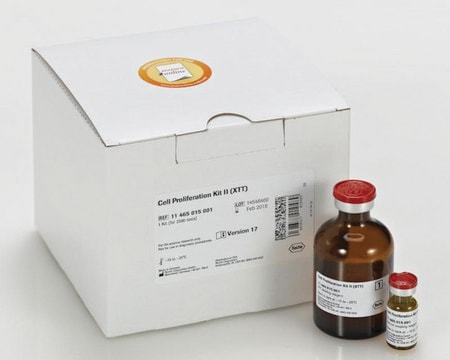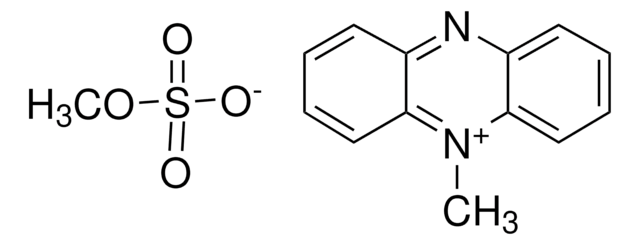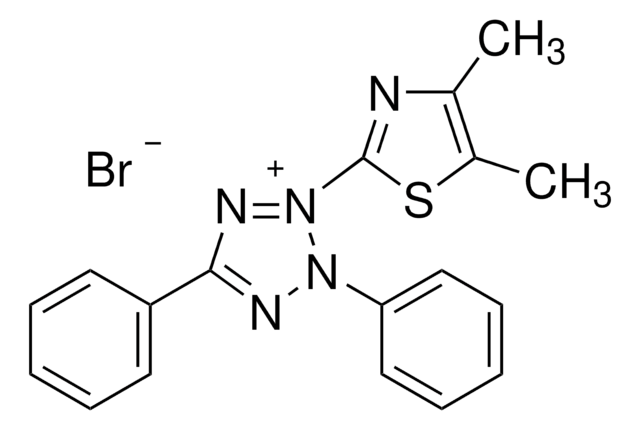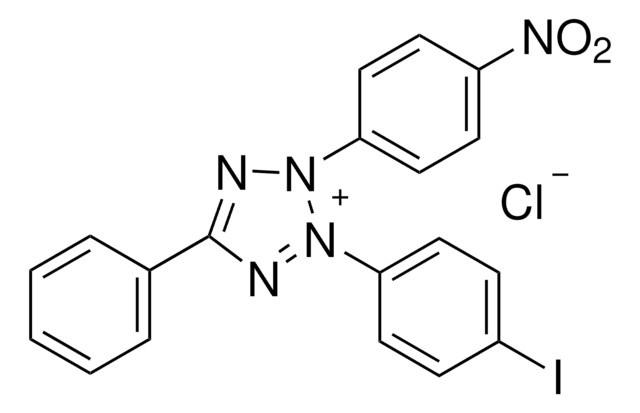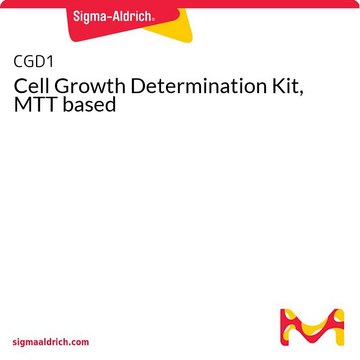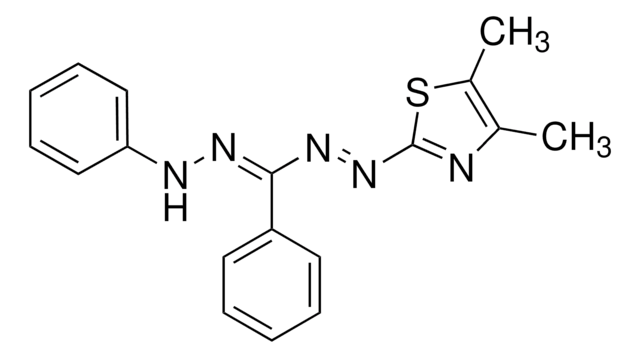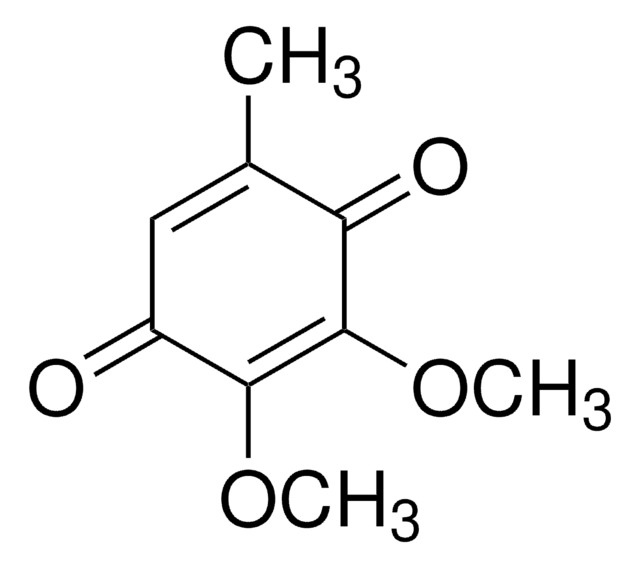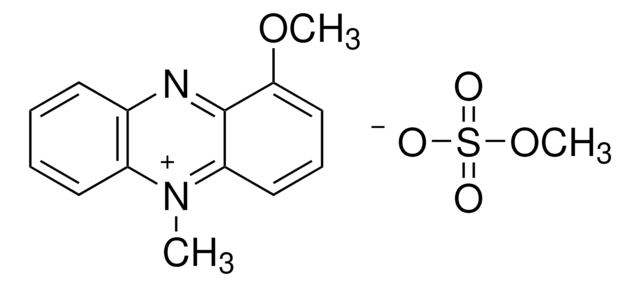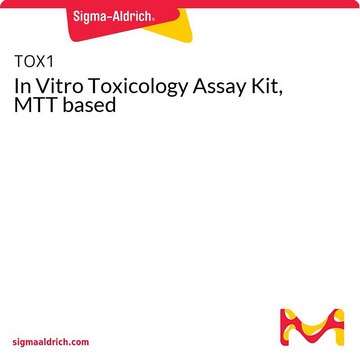X4626
XTT sodium salt
powder, BioReagent, suitable for cell culture
Sinónimos:
2,3-Bis(2-methoxy-4-nitro-5-sulfophenyl)-2H-tetrazolium-5-carboxanilide inner salt, 2,3-Bis(2-methoxy-4-nitro-5-sulfophenyl)-2H-tetrazolium-5-carboxanilide inner salt
About This Item
Productos recomendados
product line
BioReagent
Quality Level
assay
≥90%
form
powder
storage condition
dry at room temperature
technique(s)
cell culture | mammalian: suitable
protein quantification: suitable
application(s)
detection
detection method
colorimetric
storage temp.
2-8°C
SMILES string
[Na+].COc1cc(c(cc1-n2nc(n[n+]2-c3cc(c(cc3OC)[N+]([O-])=O)S([O-])(=O)=O)C(=O)Nc4ccccc4)S([O-])(=O)=O)[N+]([O-])=O
InChI
1S/C22H17N7O13S2.Na/c1-41-17-8-15(28(31)32)19(43(35,36)37)10-13(17)26-24-21(22(30)23-12-6-4-3-5-7-12)25-27(26)14-11-20(44(38,39)40)16(29(33)34)9-18(14)42-2;/h3-11H,1-2H3,(H2-,23,30,35,36,37,38,39,40);/q;+1/p-1
InChI key
JACYMBNQPPWQML-UHFFFAOYSA-M
¿Está buscando productos similares? Visita Guía de comparación de productos
General description
Application
Biochem/physiol Actions
Principle
Related product
signalword
Danger
hcodes
Hazard Classifications
Self-react. C
supp_hazards
Storage Class
4.1A - Other explosive hazardous materials
wgk_germany
WGK 3
flash_point_f
Not applicable
flash_point_c
Not applicable
ppe
Eyeshields, Gloves, type N95 (US)
Certificados de análisis (COA)
Busque Certificados de análisis (COA) introduciendo el número de lote del producto. Los números de lote se encuentran en la etiqueta del producto después de las palabras «Lot» o «Batch»
¿Ya tiene este producto?
Encuentre la documentación para los productos que ha comprado recientemente en la Biblioteca de documentos.
Los clientes también vieron
Nuestro equipo de científicos tiene experiencia en todas las áreas de investigación: Ciencias de la vida, Ciencia de los materiales, Síntesis química, Cromatografía, Analítica y muchas otras.
Póngase en contacto con el Servicio técnico